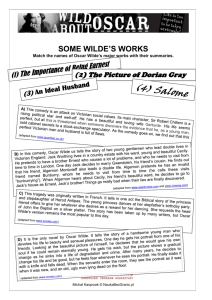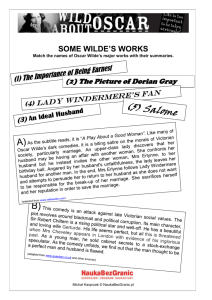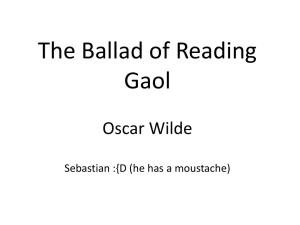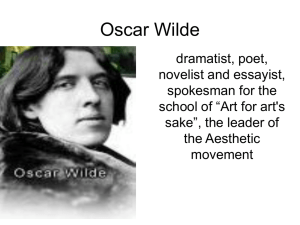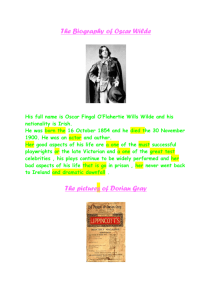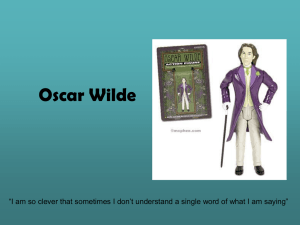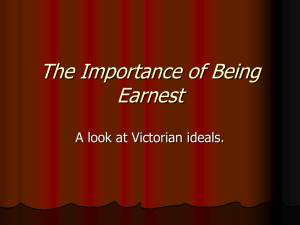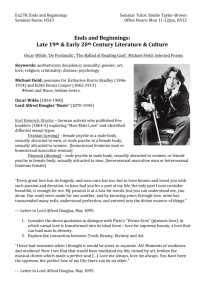Boise Weekly Dark Vision By Christopher
advertisement
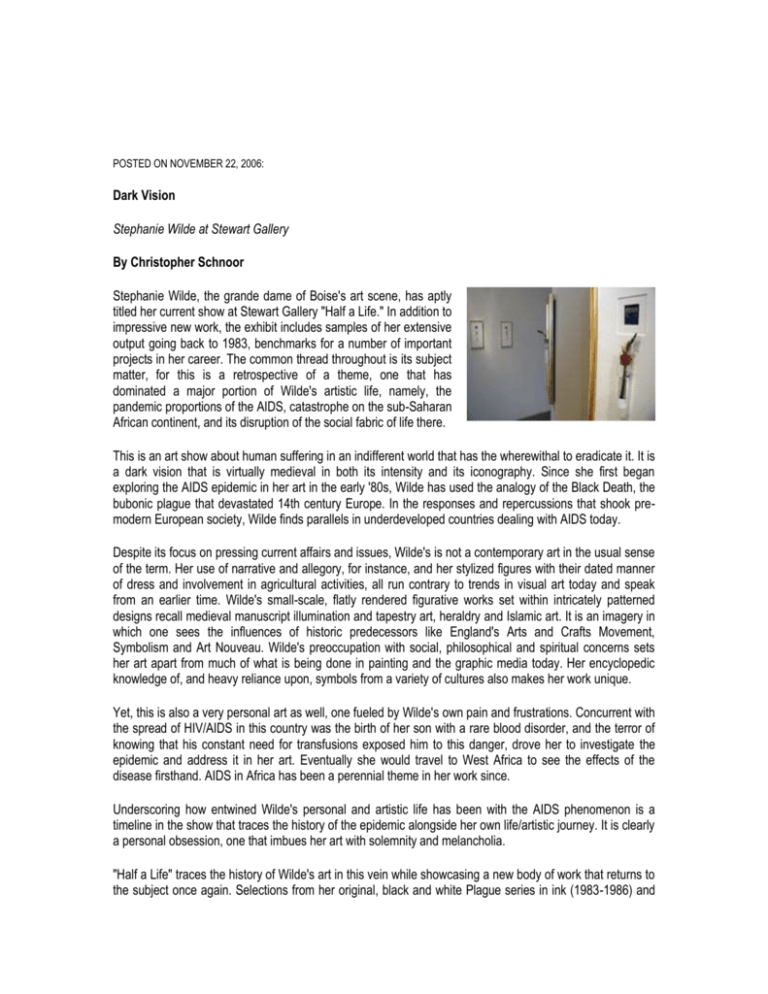
POSTED ON NOVEMBER 22, 2006: Dark Vision Stephanie Wilde at Stewart Gallery By Christopher Schnoor Stephanie Wilde, the grande dame of Boise's art scene, has aptly titled her current show at Stewart Gallery "Half a Life." In addition to impressive new work, the exhibit includes samples of her extensive output going back to 1983, benchmarks for a number of important projects in her career. The common thread throughout is its subject matter, for this is a retrospective of a theme, one that has dominated a major portion of Wilde's artistic life, namely, the pandemic proportions of the AIDS, catastrophe on the sub-Saharan African continent, and its disruption of the social fabric of life there. This is an art show about human suffering in an indifferent world that has the wherewithal to eradicate it. It is a dark vision that is virtually medieval in both its intensity and its iconography. Since she first began exploring the AIDS epidemic in her art in the early '80s, Wilde has used the analogy of the Black Death, the bubonic plague that devastated 14th century Europe. In the responses and repercussions that shook premodern European society, Wilde finds parallels in underdeveloped countries dealing with AIDS today. Despite its focus on pressing current affairs and issues, Wilde's is not a contemporary art in the usual sense of the term. Her use of narrative and allegory, for instance, and her stylized figures with their dated manner of dress and involvement in agricultural activities, all run contrary to trends in visual art today and speak from an earlier time. Wilde's small-scale, flatly rendered figurative works set within intricately patterned designs recall medieval manuscript illumination and tapestry art, heraldry and Islamic art. It is an imagery in which one sees the influences of historic predecessors like England's Arts and Crafts Movement, Symbolism and Art Nouveau. Wilde's preoccupation with social, philosophical and spiritual concerns sets her art apart from much of what is being done in painting and the graphic media today. Her encyclopedic knowledge of, and heavy reliance upon, symbols from a variety of cultures also makes her work unique. Yet, this is also a very personal art as well, one fueled by Wilde's own pain and frustrations. Concurrent with the spread of HIV/AIDS in this country was the birth of her son with a rare blood disorder, and the terror of knowing that his constant need for transfusions exposed him to this danger, drove her to investigate the epidemic and address it in her art. Eventually she would travel to West Africa to see the effects of the disease firsthand. AIDS in Africa has been a perennial theme in her work since. Underscoring how entwined Wilde's personal and artistic life has been with the AIDS phenomenon is a timeline in the show that traces the history of the epidemic alongside her own life/artistic journey. It is clearly a personal obsession, one that imbues her art with solemnity and melancholia. "Half a Life" traces the history of Wilde's art in this vein while showcasing a new body of work that returns to the subject once again. Selections from her original, black and white Plague series in ink (1983-1986) and her second set of Plague drawings in ink and acrylic (1994-2006) are on view, as is the last remaining portfolio of her poignant four-color plate etchings entitled "Slim, AIDS in Africa" from 1993. Interspersed are rarely, if ever seen, individual works from the past, including a series from 1994 making its first public appearance. The latter is an installation of 30 images that line both sides of the sun-lit entrance way to the gallery, one for each day of the month of January, 1994. That year, upon the death of her mother, Wilde resolved to complete every day a small, individual work commemorating those lost to the AIDS epidemic (although her mother was not a victim herself). The resulting 365 ink and acrylic drawings were never exhibited, and ended up in storage. Surprisingly, they are the least solemn, most positive works in the show. Each squareinch miniature painting sits like a hatchment to the deceased in an elongated mat. Attached to the outside is a glass tube with water holding a delicate, green bud on the verge of sprouting into a small flower. Bathed in sunlight in their gold leaf frames, incorporating organic matter embodying a life force, they seem more like April than January, suggesting regeneration and hope rather than disease and death. Upon entering the main galleries, however, the mood becomes noticeably darker (as perusal of the title list will tell you) with numerous memento mori and the most recent Plague series, although Wilde's intricate patterning and design work here is stunning. A number of works demonstrate Wilde's deft use of goldleaf in uplifting an image, giving it an inner glow, including the four-painting period suite entitled "Enemies of LoveFinding Sweet Grace," the dramatic "Staff of Apollo," and the colorful "Rising from a Sea of Blood." The high point of the exhibit, dominating the central gallery, is the mournful "Death's Harvest," a 13-panel work dedicated to those dying of AIDS. Often I have found Wilde's simpler, less detailed compositions to be the most powerful, which is certainly the case here. Narrow, five-foot-high black painted panels float against gray backgrounds in black frames accented in red. On each, in varying stages of descent, a single ashen figure tumbles to its demise above a roiling sea painted in thick, dark reds and blacks along the bottom, almost the color of dried blood. Vertiginous with its falling figures and the sea below, there is also a sense of rhythmic motion flowing across the panels. Wilde's entire presentation, so well-thought out and executed, brings home the existential and physical torment of the victims. Much like the Vietnam Memorial in Washington, D.C., this installation stops you in your tracks and holds you, a moving elegy to wasted life. Another example of Wilde's effective less-is-more approach is a pair of small diptychs entitled "The Myth" from 1999. Their subject is the fiction, prevalent in parts of Africa, that taking a young girl's virginity is a cure for AIDS. Painted on a goldleaf background and using only a single female figure, a raven-like bird and one or two blood-red cherries, these understated, at first innocent images symbolize the ugly road from fear and superstition to ritual rape. It is a glimpse into a world we can barely fathom. Exhibition runs until Dec. 4. Gallery hours are Tues. - Sat. 11 a.m.-5 p.m. Stewart Gallery, 2212 W. Main St., 433-0593. Printed in www.boiseweekly.com
